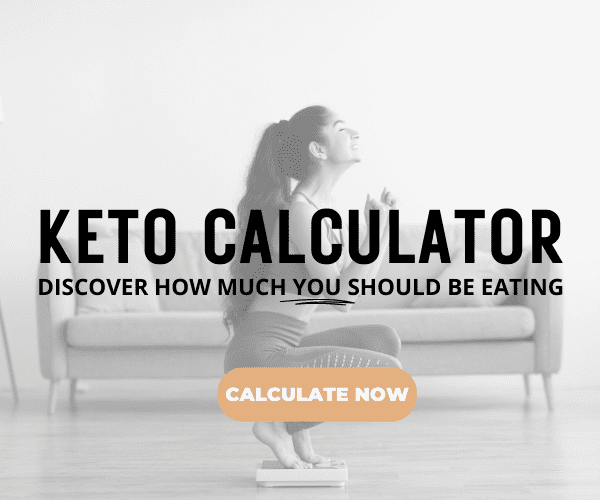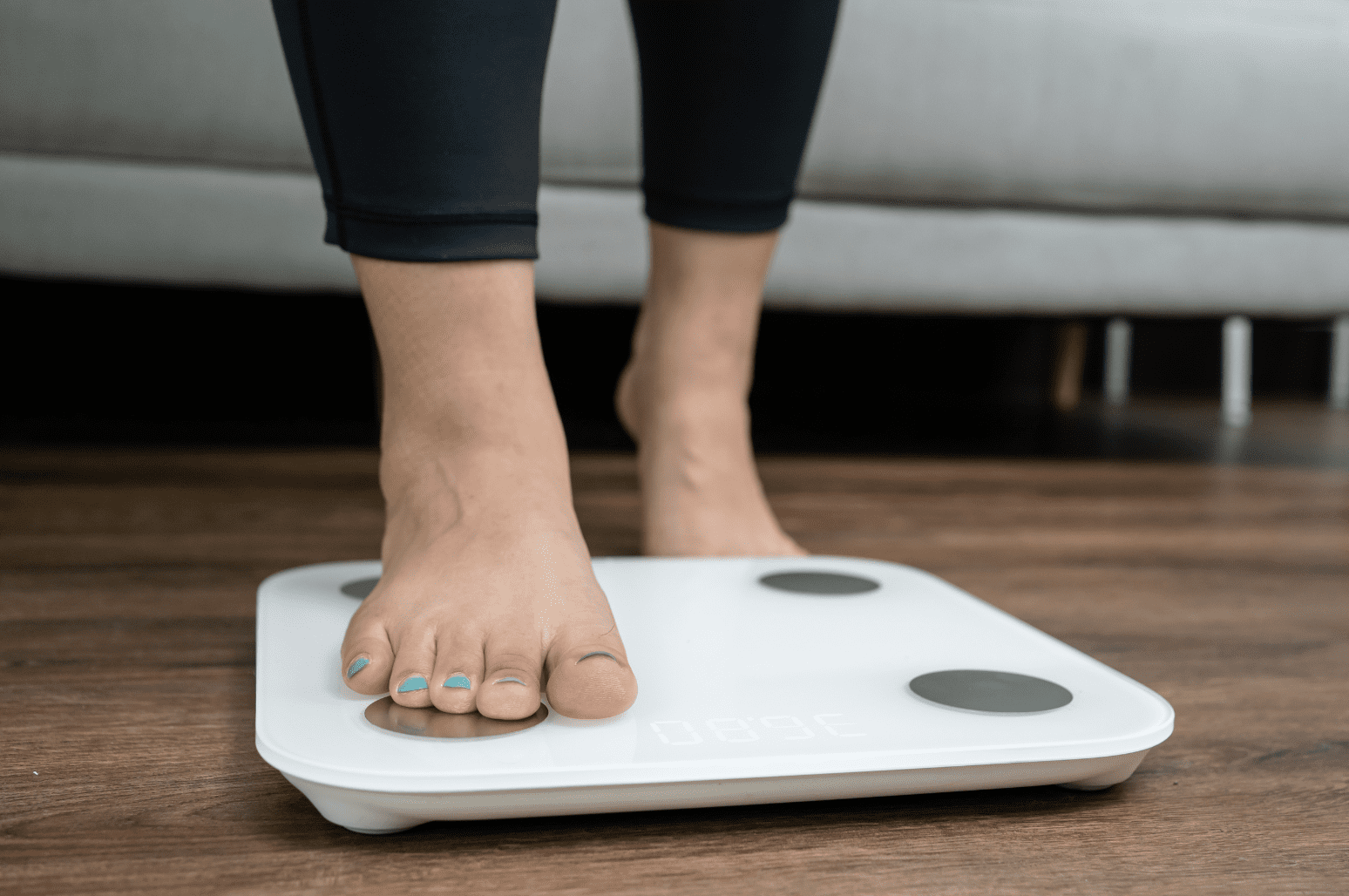Your Guide to Intermittent Fasting for Women Over 50

Women over the age of 50 face unique challenges when it comes to weight gain and loss. At this age, many have already made it to the other side of menopause and those hormonal changes are the cause of unpleasant side effects like more abdominal fat and less muscle. Weight gain affects roughly 60 to 70 percent of menopausal women while muscle mass tends to shrink by roughly 3 to 8 percent. [1]
One way to combat this weight gain is through dieting efforts, including methods like intermittent fasting. That being said, there are some unique considerations for an older population of women. Here is what you need to know about intermittent fasting for women over 50 and how you can leverage this strategy to shed that stubborn abdominal fat.
Does Intermittent Fasting for Women Over 50 Work?

The time interval you select for your intermittent fasting matters if your goal is weight loss.
Early studies on the benefits of intermittent fasting for women who are premenopausal and postmenopausal show that a smaller eating window can be more beneficial for reducing fat mass.
In one specific study, women were asked to fast for 18 to 20 hours, eating only in a window of 4 to 6 hours. At the end of eight weeks, all participants in the study had lost some amount of body weight. Researchers found that there was an overall reduction in fat mass, lean mass, levels of fasting insulin, and insulin resistance. [2]
There may not be a lot of research out there yet on the specific pros, cons, and results of fasting for women 50 and older, but preliminary findings are quite promising. Another study found that intermittent fasting was better than business as usual, but was also very comparable to consistently limiting your caloric intake. [3]
Keep in mind that there is more than one type of intermittent fasting you could adhere to as a woman over 50. You could stick to a 16:8 schedule where you fast for 16 hours and eat only in an 8-hour window. Another option is to fast on alternating days or do a couple of 24-hour fasts per week.
In the previous study, all of these options were found to yield results in terms of weight loss for overweight and obese individuals. Other studies show that modified alternate-day fasting (alternated between days of ad libitum eating and days of fasting with total caloric intake ranging from 0% to 40% per day for 3 to 5 days per week) and 5:2 fasting (fasting for 1 to 2 days per week either consecutively and nonconsecutively) tends to have a greater effect on overall weight loss than other types of fasting. [4] In other words, you may have to experiment with different styles of fasting before you land on one that is convenient for your schedule and effective for your body.
Some people wonder what the effects of intermittent fasting are on the hormones of women over age 50, and there is good news here, too. In a study that looked at both premenopausal and postmenopausal women, circulating levels of testosterone, androstenedione, and sex hormone binding globulin (SHBG) did not change in either group. In postmenopausal women, there were also no changes in estradiol, estrone, and progesterone. [5]
How Should Older Women Do Intermittent Fasting?
If you want to give intermittent fasting a try, remember that it will be easier and more sustainable if you ease into it. Start with a 12:12 schedule that allows you to eat for half the day and fast for half the day. As your body adjusts, you can slowly decrease the eating window down to just eight hours, and if you’d like, even further. Some people choose a 4-hour eating window, or choose to eat a single meal each day (called one-meal-a-day, or OMAD).
You should also be mindful of the types of food that you consume during your eating window. It’s probably not surprising that you will be unable to lose weight if you are consuming mostly junk food and empty calories. To this end, you can try cutting carbs or following a ketogenic diet to maximize overall weight loss and the benefits you see.
How are intermittent fasting and ketosis linked? Cutting back the hours during which you eat helps to generate more ketones. [6] This encourages the body to burn more fat for energy and leads to other key benefits like increased satiety. [7]

The decreased hunger of ketosis also makes it easier to lower your caloric intake while aiding in weight loss and preserving lean muscle mass, which can decrease in women over 50.
Don’t forget that you can still take in fluids during your fasting window. It’s important to drink water and black coffee and calorie-free drinks like tea are perfectly acceptable. Some studies show that an increase in fluid intake alongside other weight loss efforts is more effective than diet or exercise alone. [8] If you choose to do longer fasts, like 36 hours or more, or to follow a keto diet along with intermittent fasting, you should consider supplementing with electrolytes.
Consult with Your Doctor Before Intermittent Fasting
Before you dive into intermittent fasting for yourself, it’s wise to consult with your primary care physician. They can help guide you toward an appropriate fasting window based on your unique body chemistry and situation. Intermittent fasting for women over 50 holds a lot of promise for overall weight loss, especially when coupled with the keto diet.
With a little bit of time, intermittent fasting will start to feel natural and easy. Be sure to give your body time to adjust to a new way of consuming food.
References
Kodoth, V., Scaccia, S., & Aggarwal, B. (2022). Adverse Changes in Body Composition During the Menopausal Transition and Relation to Cardiovascular Risk: A Contemporary Review. Women's health reports (New Rochelle, N.Y.), 3(1), 573–581. https://doi.org/10.1089/whr.2021.0119
Cienfuegos, S., Gabel, K., Kalam, F., Ezpeleta, M., Lin, S., & Varady, K. A. (2021). Changes in body weight and metabolic risk during time restricted feeding in premenopausal versus postmenopausal women. Experimental gerontology, 154, 111545. https://doi.org/10.1016/j.exger.2021.111545
Harris, L. , Hamilton, S. , Azevedo, L. , Olajide, J. , De Brún, C. , Waller, G. , Whittaker, V. , Sharp, T. , Lean, M. , Hankey, C. & Ells, L. (2018). Intermittent fasting interventions for treatment of overweight and obesity in adults: a systematic review and meta-analysis. JBI Database of Systematic Reviews and Implementation Reports, 16 (2), 507-547. doi: 10.11124/JBISRIR-2016-003248.
Patikorn C, Roubal K, Veettil SK, et al. Intermittent Fasting and Obesity-Related Health Outcomes: An Umbrella Review of Meta-analyses of Randomized Clinical Trials. JAMA Netw Open. 2021;4(12):e2139558. doi:10.1001/jamanetworkopen.2021.39558
Kalam, F., Akasheh, R. T., Cienfuegos, S., Ankireddy, A., Gabel, K., Ezpeleta, M., Lin, S., Tamatam, C. M., Reddy, S. P., Spring, B., Khan, S. A., & Varady, K. A. (2022). Effect of time‐restricted eating on sex hormone levels in premenopausal and postmenopausal females. Obesity, 31(S1), 57–62. https://doi.org/10.1002/oby.23562
Arora, N., Pulimamidi, S., Yadav, H., Jain, S., Glover, J., Dombrowski, K., Hernandez, B., Sarma, A. K., & Aneja, R. (2023). Intermittent fasting with ketogenic diet: A combination approach for management of chronic diseases. Clinical nutrition ESPEN, 54, 166–174. https://doi.org/10.1016/j.clnesp.2023.01.024
Masood W, Annamaraju P, Khan Suheb MZ, et al. Ketogenic Diet. [Updated 2023 Jun 16]. In: StatPearls [Internet]. Treasure Island (FL): StatPearls Publishing; 2023 Jan-. Available from: https://www.ncbi.nlm.nih.gov/books/NBK499830/
Muckelbauer, R., Sarganas, G., Grüneis, A., & Müller-Nordhorn, J. (2013). Association between water consumption and body weight outcomes: a systematic review. The American journal of clinical nutrition, 98(2), 282–299. https://doi.org/10.3945/ajcn.112.055061









